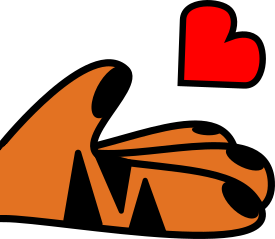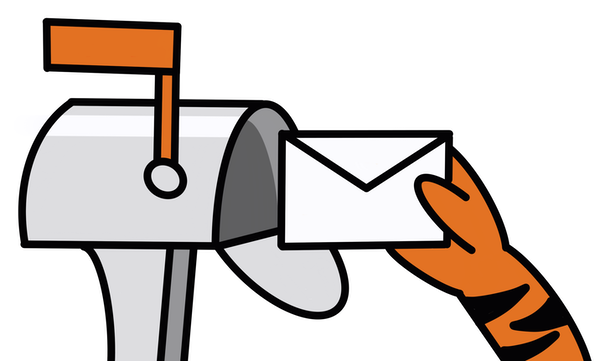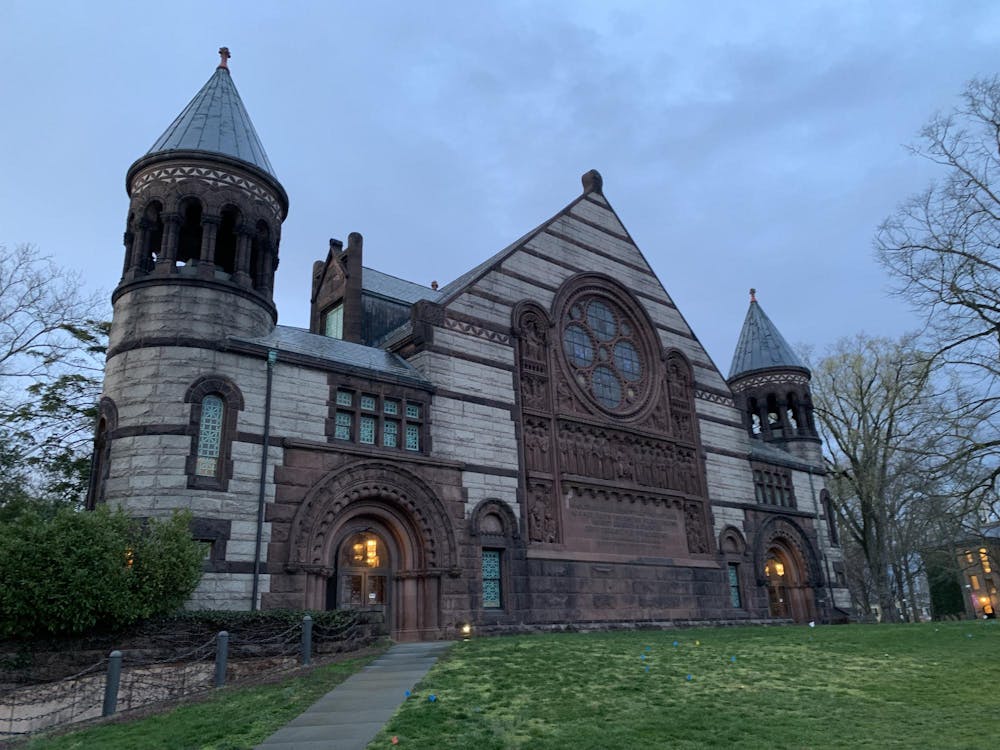On Oct. 8, renowned dance choreographer Mark Morris took the stage for the first installment of Princeton University Concerts’ annual Healing with Music series this year — not to dance, but to talk. In a conversation with Ara Guzelimian, former Dean and Provost of The Juilliard School, Morris discussed artistic legacy, the choreographing process, and music, complementing the conversation with two live dance performances from Morris’ choreography.
Morris, a well-known American dance choreographer, began work as a dancer in his hometown of Seattle before forming the Mark Morris Dance Group (MMDG) in 1980 in Brooklyn. He describes his style as “folk dance” and choreographs to a wide range of music. Since the formation of MMDG, he has created over 150 works for the company and continues to choreograph despite no longer dancing.
The night began with a short film created by Princeton University Concerts. The film, featuring Mark Morris and several members of the dance group, introduced the evening’s main theme: Dances for the Future.
Dances for the Future is a series of works by Morris that will only be released after his death. The idea, originally pitched to him by Executive Director of MMDG Nancy Umanoff, is based on the Future Library Project, a concept conceived by conceptual artist Katie Pearson to store one book from each year to be released and read in the year 2114.
At first, Morris thought the idea was “crazy,” but it soon grew on him.
As Morris sat down for the discussion portion of the evening, he immediately poured himself a flute of wine from a bottle on stage and continued to give himself refills over the next hour and a half. With a booming, dramatic voice, Morris spoke with the microphone twice as far from himself as the moderator, yet at the same volume. (“I mean, I’m loud anyway,” he said).
Morris recounted how, as the child of two musicians, he couldn’t pinpoint whether music or dance came first. He retold his parents’ stories of bouncing to music as a toddler. He also tried to create his own “piano” from pots and pans. “They’re kind of the same thing,” he said about music and dance. He settled on being a musician first, saying that the professional music world offered “a broader kind of scale of observation and consumption.”
Speaking on his personal artistic process and legacy, Morris remarked, “people erroneously imagine that I hear music and there's a fabulous show in my head — that'd be great.” Instead, Morris waits until he is finished choreographing before allowing the live musician to play the final chord. He does not revise his work unless he feels that he made a mistake.

While the process for Dances for the Future is similar, the company makes several oral and visual recordings to preserve the dance. Morris emphasized the tapes were for study only, not for show. He later shared he didn’t believe in performing dances to recordings, either — only live music.
Morris’s answers to questions were rarely direct. He even interrupted himself to scold a teenage boy in the front row: “Hey, sit up!” Despite his light-hearted humor, Morris's discussions also touched on his greatest musical inspirations.
“I choreograph because of music,” he said in the video’s opening. “I choreograph dances to music because I love the music and it doesn't need dancing. I just think it wouldn't hurt. It's about the dancing, the musicians, the audience. Everybody in the room, including the theater, is alive.”
The first dance excerpt in the conversation, originally choreographed by Morris, was titled “Ten Suggestions” and featured music by Alexander Tcherepnin. Dallas McMurray, a member of the MMDG company, performed four of the ten movements of the dance, with each movement represented by a different everyday object: a hula hoop, a chair, a ribbon, and a safari hat.

The second dance before curtain call featured excerpts from a piece entitled “Northwest.” As with the first dance excerpt, the choreography made it evident that Morris valued playfulness in dancing. All three dancers wore green, loose-fitting tanks and shorts and carried yellow paper fans. Morris’ flair was apparent in the dance and use of the fans, which the dancers used to articulate their sharp and fluid movements. By the end, the stage was littered with paper fans.
After the dance concluded, Morris came on stage to bow with his company dancers and musicians, and then, with a sweep of his hand, swept them off the stage.
Morris’ company will return to Princeton to perform at McCarter Theatre in May.
Annika Plunkett is a staff writer for The Prospect and a member of the Newsletter team. She can be reached at ap3616[at]princeton.edu.
Please send any corrections to corrections[at]dailyprincetonian.com.








